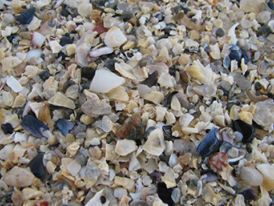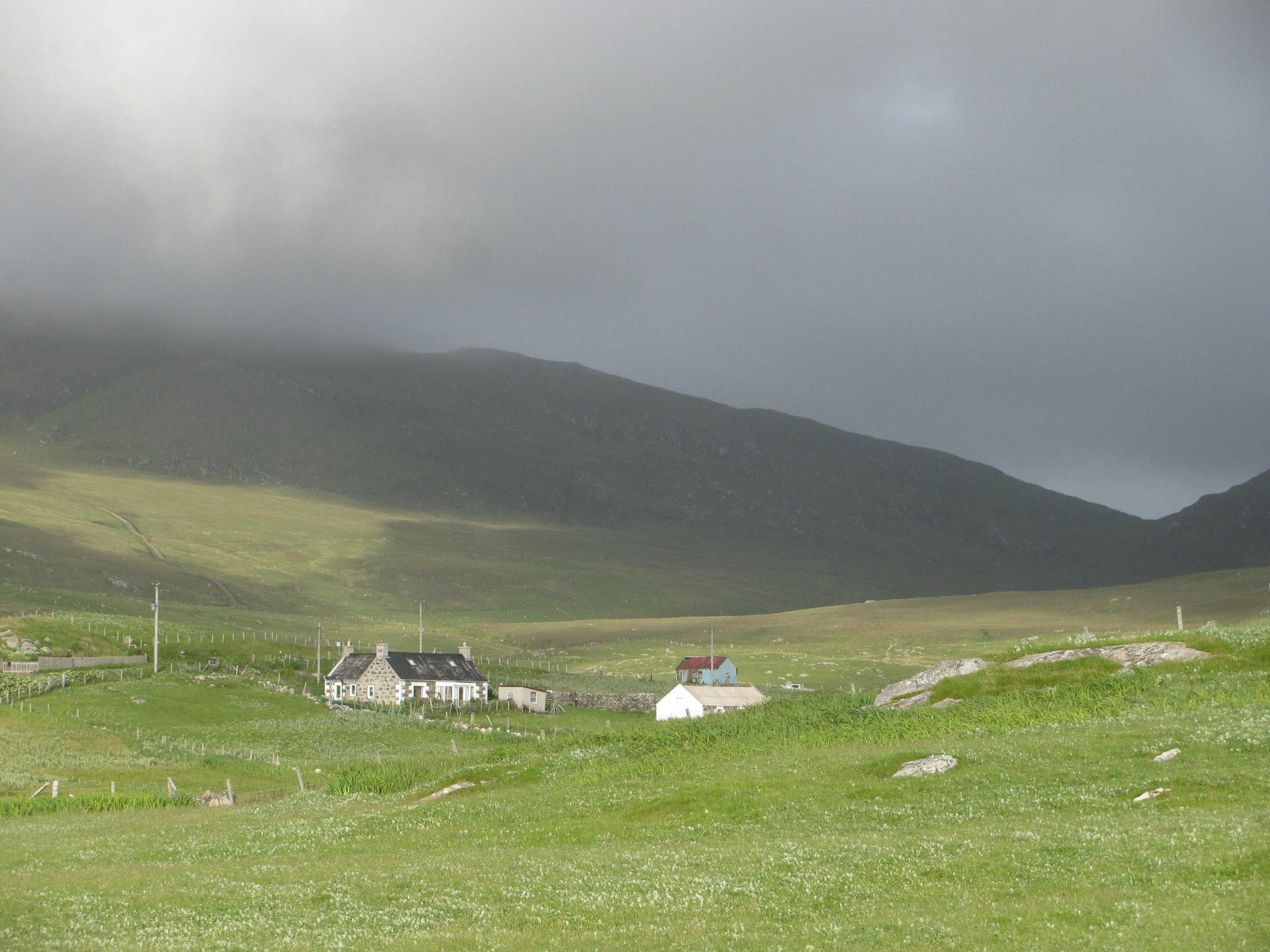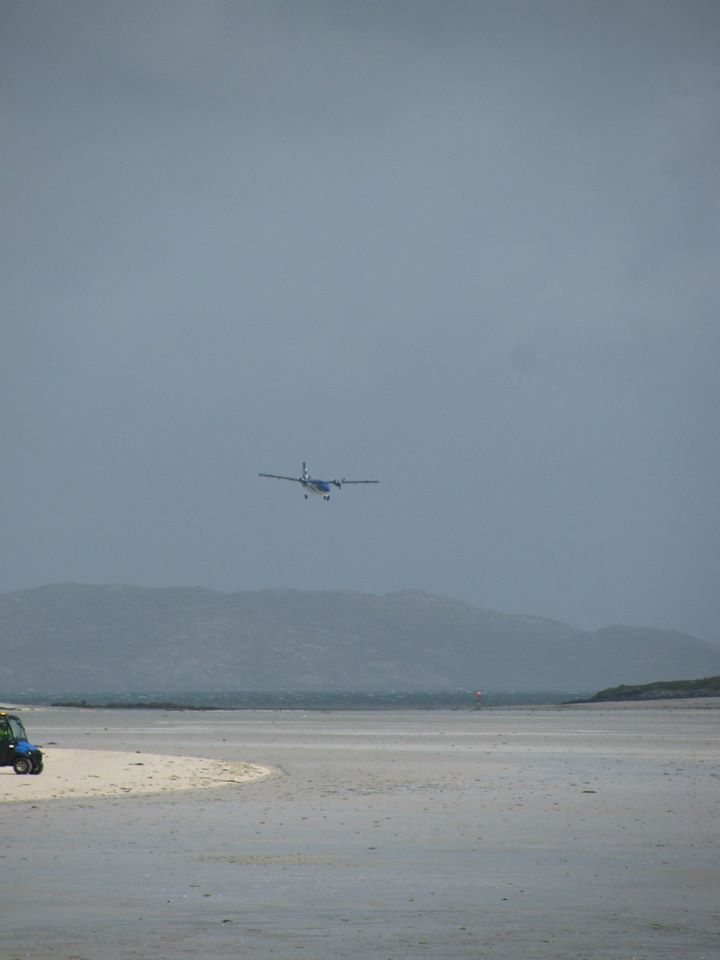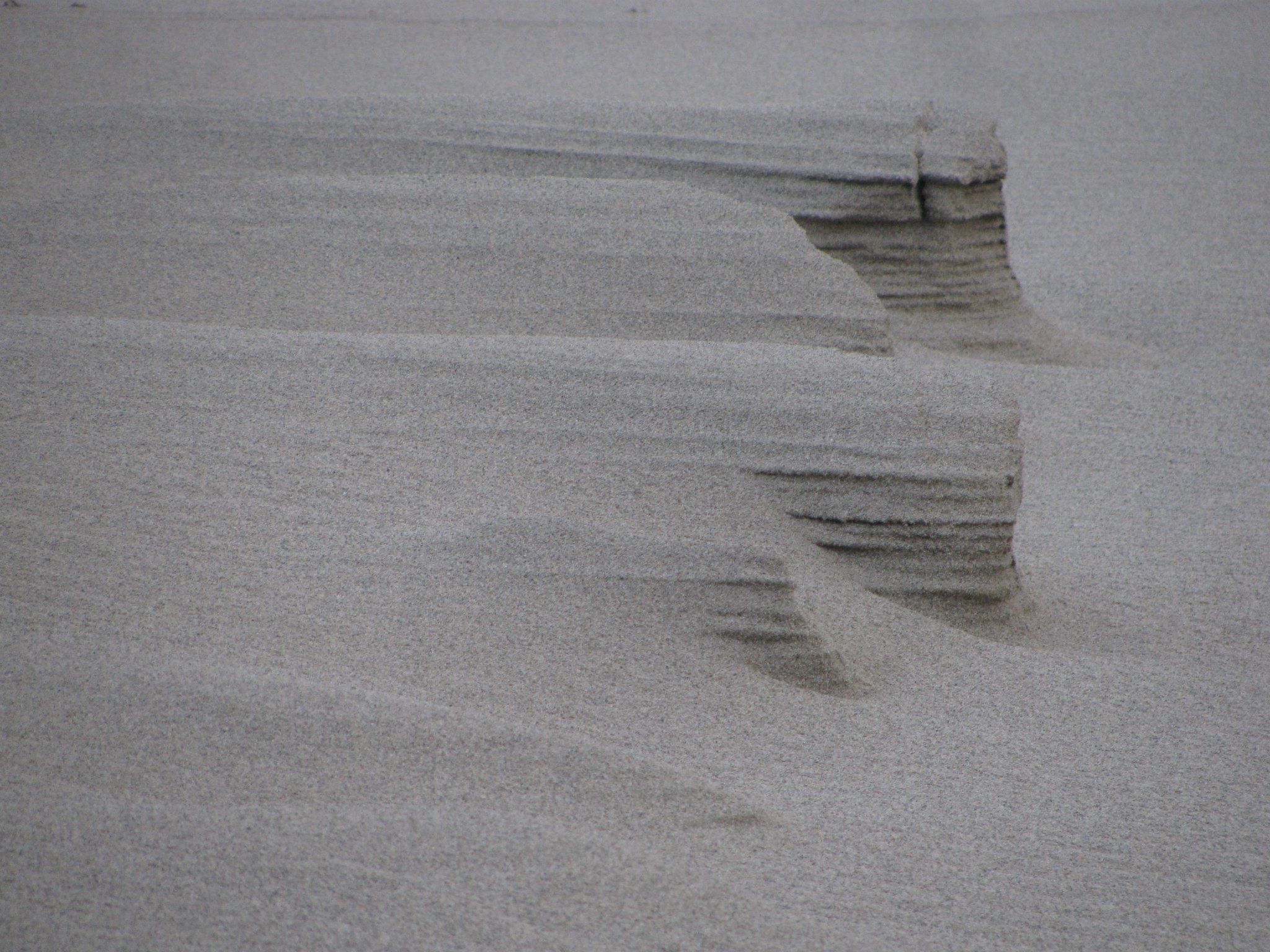It’s a big world, and it is good to be reminded that it is a fine, intricate, and voluptuously varied one too. General relativism is not smiled upon in most circles these days, not even academic ones, but we must accept a few things about our basic situation here. This nothing, this infinitesimally small speck orbiting a humdrum, not-so-outstanding, medium-sized star in one of the outer arms of a similarly day-to-day galaxy is, despite all that, also infinitely large, complex, varied, and heart-achingly beautiful. It’s everything and nothing. I hold these two opposing truths to be self-evident.


It’s a big world. Go outside, get on your knees, and dig up a handful of dirt. Spend your life studying that handful and you will not ever fully hear all that it has to say to an inquisitive mind. I was told, as a young person, that only boring people get bored. It’s true. For those who really want to get a sense of the world around them, to grasp the lay of the land, there’s no end to diversion. It’s a big world.
Scotland is a small country in the same way as the Earth is a small part of our galaxy: it is and it is not. When flying over it I’m always struck by how it looks like a map of itself. It’s all there as you come in from the Atlantic: Loch Lomond to North West, the wide Clyde below, and just on the horizon you can see the snowy gleam of the Grampians. You almost expect to see labels on the villages. It is so dainty.

One of the best ways of seeing this scaled down model nation is from inside the small twin-engine airplanes that fly daily from Glasgow to the Isle of Barra in the Outer Hebrides. The Outer Hebrides is a line chain of islands that are where you will end up if you go as far north west in the U.K. as possible, and then hop in a boat and keep going. I was fortunate enough to take this flight in 2004. For a traveller accustomed to landing on miles of tarmac in oversized jumbo jets, the landing on Tràigh Mhòr – Gaelic for “Big Beach”, and so it is – was a total revelation. You splash down on puddled sand that is seabed at high tide, where orange windsocks tell the local cockle pickers to stay away. The tide, in fact, covers and recedes from an area that is over a kilometre wide; there’s no telling how many square kilometres. It is amusing to call this place an airport, it being so utterly unlike any other place I would use the word to describe. But it is one, and on the theme of miniature versions of things, has all the essential elements. When I was there, the man who patted me down in “security” walked outside to sit in the small fire truck before the plane took off. I think I might have seen him working in the café earlier. 
The Isle of Barra is a lesson in intricacy. It covers an area slightly smaller than Manhattan, with about 1.5 million fewer human residents. It is about 13 km from top to bottom, 8 km across. The circle road, A888, is about 20 km; you could cover it in a half-day on foot. It’s small. On the other hand, using a piece of string and an Explorer series Ordinance Survey map, I can confidently estimate that the coastline of this 13x8km island is somewhere near 200 km long, and that’s without bringing in the countless little sub-islands that are scattered about the area. On these beaches, in these rocks, this tiny island in the North Atlantic contains its own universe. Each beach, each cove, each outcropping is studded with its own bejewelled significance. At the end of the week I recently spent there with my wife and son, I felt I could home in on this tiny place, or even just one little part of it, and just watch it, more or less forever.
